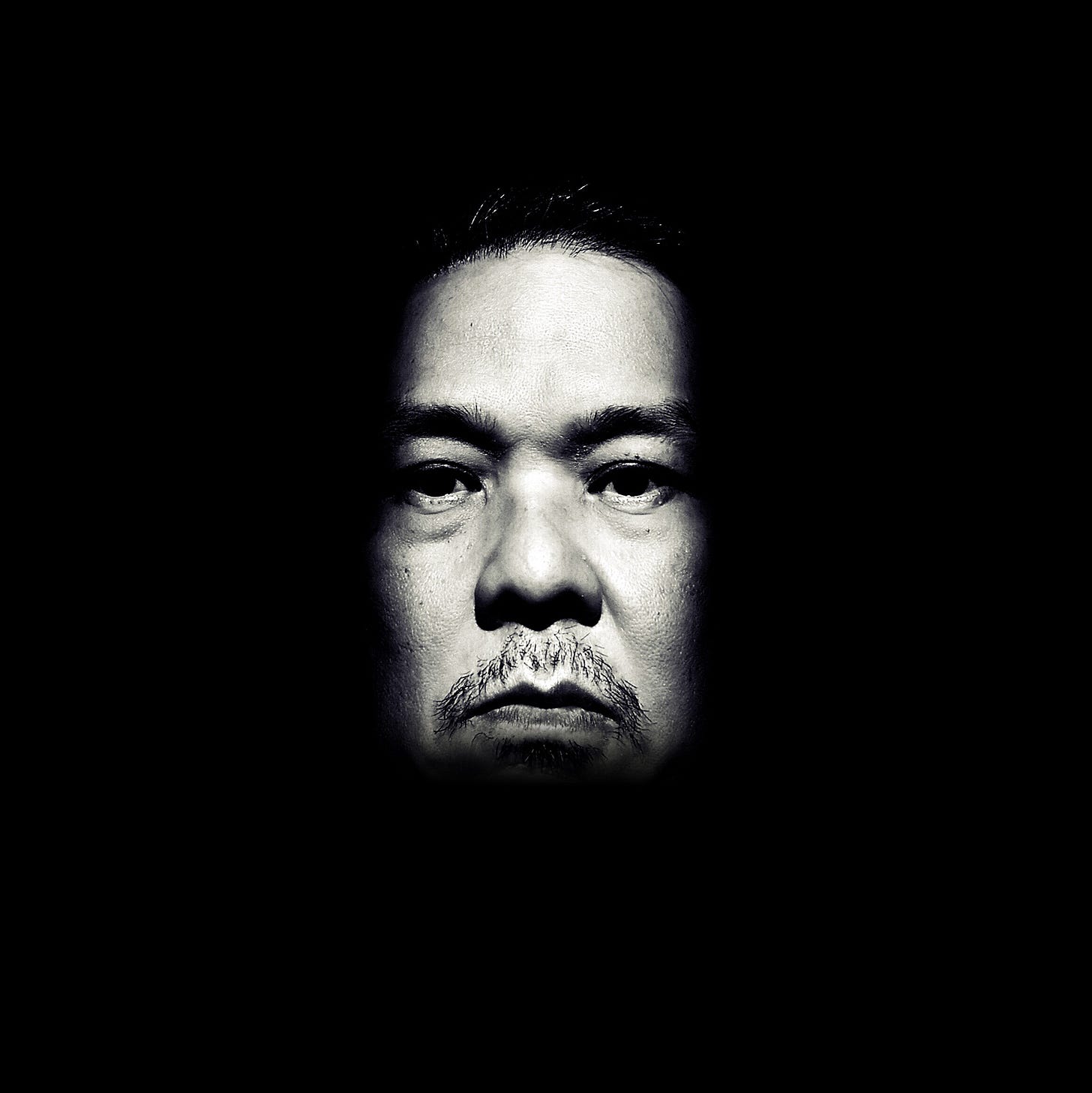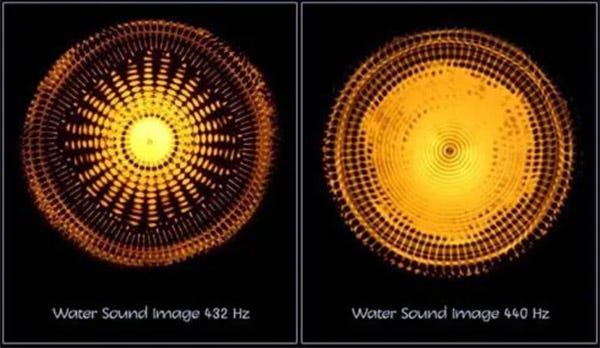Welcome to the new Platform! Some important updates.
Message from Jeff using Substack platform, March 2024.
Greetings!
This is Jeff again. First time using Substack here for
, just because the corporate bureaucrats at Mailchimp decided to kill TinyLetter, the email messaging platform that Kekal had been using for some time. First of all, my apology if some of you are still on the mailing-list after unsubscribe, because the mailing list was moved/imported from TinyLetter a little bit early. If you happen to have unsubscribed from Kekal Newsletter and is still on the mailing-list, feel free to unsubscribe from this one. But I hope that we can still communicate this way, because this is the only safer method in delivering messages and future updates regarding Kekal.Now, I have something important to tell you. I am retuning my musical instruments' frequency to 432 Hz base note (A4 note). For years, I did not know about the world's "standard tuning" of music, so I kept using my own ears to tune it. In earlier years I did not use a guitar tuner, I tuned all my guitars using my ears and they were tuned to a tuning fork. It continued for a while until Kekal started to incorporate keyboards and found that they didn't really click together, something was off just a tiny bit, so we started to use a digital tuner to "fine tune" the guitars. But, in most cases I always found that the notes sound better at a point when the lights on the tuner still don't show as "perfectly tuned", there’s certain sweet-spot slightly below that.
Not too long ago, I found that the world's standard tuning of music was set to 440 Hz in 1955. This standard-tuning would dictate all electronic musical instruments and tuners sold on the market from that date. I believe there was a deliberate decision from "those people" at the top (research conducted with grants from the Rockefeller Foundation determined that 440 Hz music was good at making people work harder). Does it click when the name Rockefeller appears? My belief is that because for thousands of years music has been used as a method of healing, and they don’t like it. Now, the natural tuning where it goes in harmonic resonance with the human brain and body is actually the 432 Hz, not 440 Hz. This is not a conspiracy theory, you can go to online tone generator here and find out for yourself, which frequency your ears prefer, the 432 Hz or 440 Hz? (use the down arrow until it reaches 432 hz to compare)
One of the craziest things that there are many "so-called articles" popping-up recently from mainstream media (sponsored & corporate-owned) that try to discourage people from retuning to 432 Hz, to the point they sound desperately awkward and suspicious (calling it "new-age conspiracy theory", etc.), and some even tried to put fear-mongering tactics to smear-campaign the 432 Hz movement as negative. Why are they so afraid? I have found the answer. You don't really need to believe me, but just use the tone generator above and find it for yourself what frequency you prefer between 432 Hz and 440 Hz. Even there are cymatics images of water when being exposed to those 2 frequencies. Which one resonates harmonically?
My personal decision is to retune my instruments to 432 Hz tuning. It will be hard because that also mean I may not be able to use soft-synthesizers until I can find a reliable pitch-shifting plugin that can automatically fine-tune to desired frequencies. The first step is most likely I will do an acoustic guitar project and re-arrange some Kekal songs in acoustic guitar and record them minimally. It's easy to tune an acoustic guitar using ears just like I used to do back in the day. Would this acoustic project be released under Kekal name? Not sure, maybe under a different sub-unit.
I'm currently listening quite amount of late 1960s to 1970s folk-music where singers sing only with acoustic guitar, and my personal favourite is Japanese folk singer-songwriter Hako Yamasaki. I've been listening to her music quite regularly now, found her music "accidentally" while browsing some new stuff on YouTube (nothing is accidental, I believe it was from a spiritual call). I'm telling a bit of backstory: Last year my mother passed away, very suddenly, without prior illness or anything. I wasn’t able to see her, and even could not attend to the funeral service in person because I live in Canada. When my wife & I came to Jakarta it was basically to comfort my dad, so I pretended to be calm and strong in front of my grieving father. While dealing with my personal grief after I returned to Canada, I prayed and asked for my soul’s comfort. Not long after, I discovered the music from Hako Yamasaki and for my surprise I found myself shedding tears to a number of her songs, only to find out that her music is also able to make thousands of people to cry, all over the world, without even understanding the lyrics (many of her "recent fans" are those who live in Middle East and Eastern European countries where everyday life is hard). She has never been famous in Japan (gifted artists with authentic music have always been underrated and overlooked everywhere), and in the late 1990s after 20+ years of continuously writing & recording music she was almost become homeless and had to work part-time as a dishwasher at a restaurant to survive, partly due to the low sales of her albums. But the highlight of her isn't about her own story, it's her authentic music, the songs she writes and her vocals, that are able to drive people to tears. There's an article that says in her early live performances back in 1970s, about two-third of the audience would cry watching her singing just with a minimal acoustic guitar. To me, that's spiritual music: where it penetrates directly to the souls of the listeners and soothe the pain through catharsis. I put a digital "mixtape" of Hako Yamasaki's music on YouTube, selected songs from 1975 to 1990. Feel free to check it out (clickable link on text above).
Feel free to share this message to your friends as you see fit.
Thank you. I will be back in the next few months with some more updates. Cheers!



